
Get your Pharaoh-nomenal adventure fix with hilarious mummy encounters and more – because who needs a boring beach vacation when you can have sarcophagus selfies?
Do you want to avoid your usual tourist destinations? Do you want to spice up your travel plans with some mummified adventure?
Look no further than Egypt, home to some of the world’s most stunning and jaw-dropping historic sites! There’s Cairo and Luxor, cruising down the Nile River to Aswan, Alexandria and the Red Sea. From pyramids that make even the biggest skyscrapers look tiny to temples so grand they’ll make you wonder if the ancient Egyptians had an inferiority complex, Egypt has it all!
Plus, where else can you say a mummy has chased you besides in your dreams?
Here they are:
- Giza Pyramids: The Great Pyramids of Giza are one of the most famous landmarks in the world and a symbol of ancient Egypt. Built over 4,500 years ago, these pyramids were constructed as tombs for pharaohs and their consorts. The sheer scale of these structures and their engineering feats are awe-inspiring.
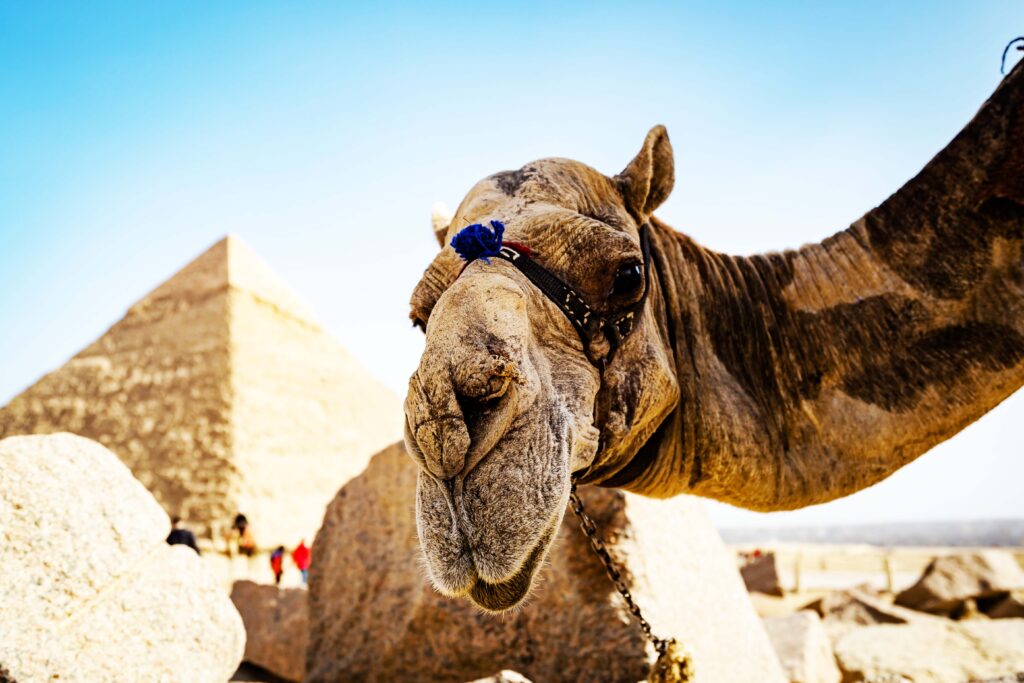
- Valley of the Kings: Located in Luxor, the Valley of the Kings is home to over 60 tombs of pharaohs and their family members, including King Tutankhamun. These tombs are decorated with intricate hieroglyphics and beautiful artwork, and visitors can explore the chambers and learn about the lives of these ancient rulers.
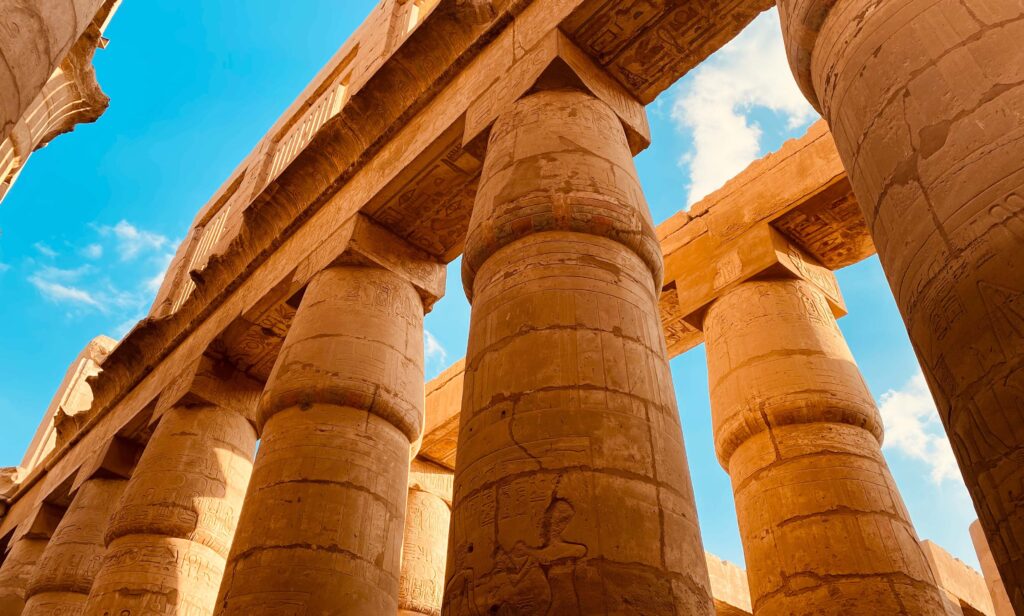
- Karnak Temple: One of the largest religious complexes in the world, Karnak Temple was built over 2,000 years ago and covered over 200 acres. Visitors can walk through the towering columns and view the vast array of hieroglyphs and intricate carvings that decorate the walls.

- Abu Simbel: Located in southern Egypt, Abu Simbel is home to two massive rock temples built during Pharaoh Ramses II’s reign. These temples are famous for their colossal statues and intricate carvings, and visitors can explore the interior chambers and learn about the fascinating history of these structures.
- Philae Temple: Located on an island in the Nile River, Philae Temple was initially built in the 4th century BC but was relocated to its current location in the 20th century to avoid flooding. The temple is dedicated to the goddess Isis and is decorated with beautiful carvings and reliefs.

- Saqqara: This vast necropolis near Cairo has numerous pyramids, including the Step Pyramid of Djoser, the first pyramid ever built. Visitors can explore the ancient burial grounds and learn about the fascinating history of the pharaohs and their beliefs about the afterlife.
- Tanis: This ancient city in the Nile Delta was once the capital of Egypt and is home to numerous ruins and artifacts, including the famous gold funerary mask of Pharaoh Psusennes I. Despite its historical significance, tourists often overlook Tanis, making it a great place to explore without the crowds.
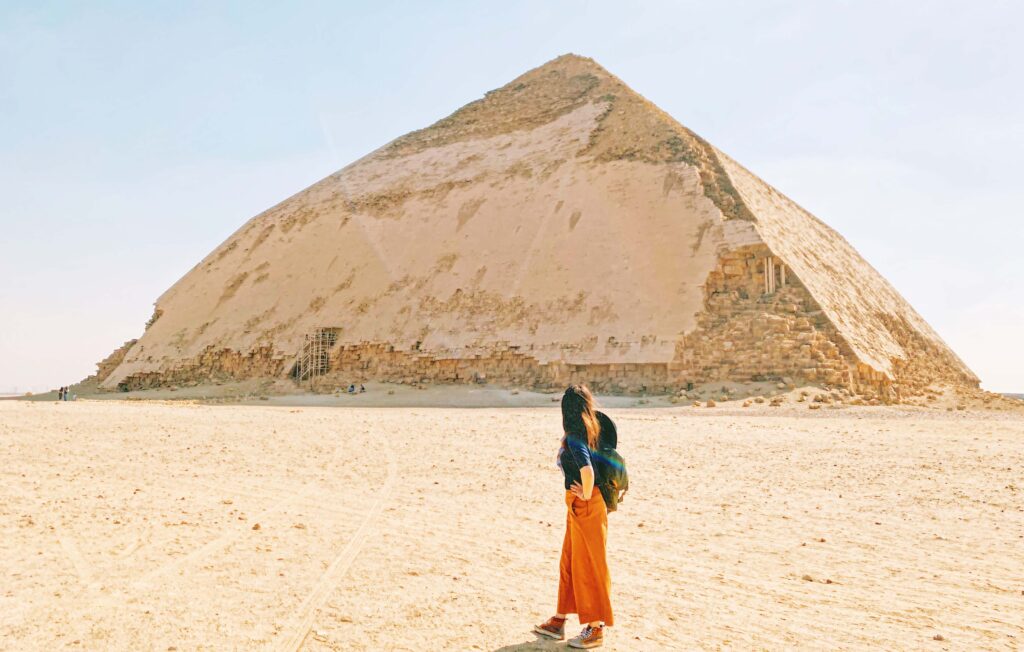
- Dendera Temple: Located north of Luxor, Dendera Temple is dedicated to the goddess Hathor and is known for its stunning astrological ceiling and intricate carvings. Visitors can explore the various chambers and learn about ancient Egypt’s fascinating mythology and beliefs.
- The Egyptian Museum: Located in Cairo, the Egyptian Museum is home to an extensive collection of ancient Egyptian artifacts, including the treasures of Tutankhamun. Visitors can explore the various galleries and learn about the history and mythology of ancient Egypt.
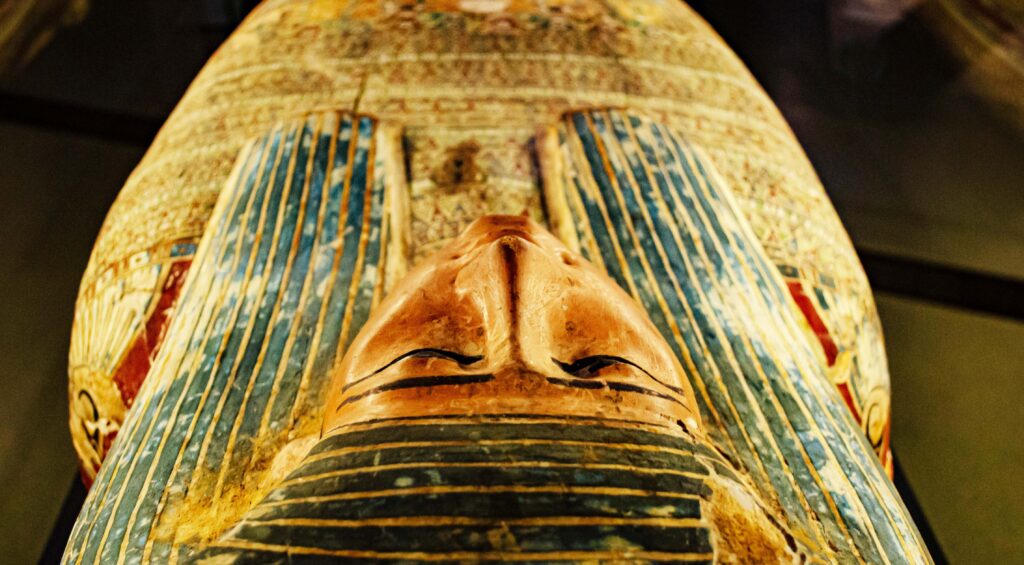
- Edfu Temple: Dedicated to the god Horus, Edfu Temple is one of the best-preserved ancient temples in Egypt. Visitors can explore the various chambers and see the intricate carvings and hieroglyphs that cover the walls.
- Kom Ombo Temple: This unique temple is dedicated to the gods Sobek and Haroeris and is known for its unusual design, including two separate entrances and duplicate chambers. Visitors can explore the temple and learn about ancient Egypt’s fascinating mythology and beliefs.
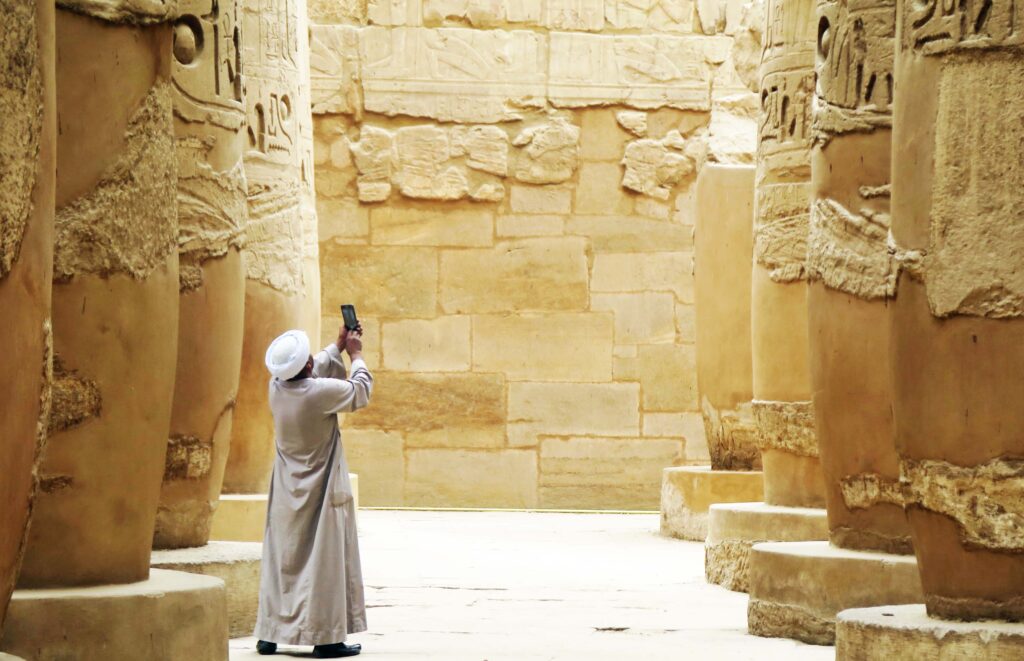
- Abydos: Located near Luxor, Abydos is an ancient city once an important religious center. Visitors can explore the various ruins and artifacts, including the famous Temple of Seti I, decorated with intricate carvings and hieroglyphs.
- Deir el-Medina: This ancient village near Luxor was home to the artisans and craftsmen who built the tombs in the Valley of the Kings. Visitors can explore the ruins and learn about the daily lives of these skilled workers and their families.
- The Temple of Hathor at Dendera: This beautifully preserved temple is dedicated to the goddess Hathor and is known for its stunning astronomical ceiling and elaborate reliefs. Visitors can explore the various chambers and learn about ancient Egypt’s fascinating mythology and beliefs.
Did you know?
The ancient Egyptians believed the afterlife was a continuation of the physical world. That’s why they built grand tombs, filled them with food, clothing, and treasures, and even created miniature models of their homes, workshops, and servants to accompany them into the afterlife.
These tombs’ elaborate decoration and hieroglyphs were meant to guide the deceased on their journey and maintain their well-being. The ancient Egyptians also believed in the concept of Ma’at, which was the principle of balance and order in the universe.
They believed that by following the principles of Ma’at, they could ensure a pleasant afterlife.
A little history:
Ancient Egypt is a civilization that flourished in northeastern Africa for over 3000 years, from around 3100 BCE to 30 BCE. During this time, Egypt developed a rich and complex culture, with advances in art, architecture, engineering, astronomy, mathematics, medicine, and literature.
 The ancient Egyptians were known for their grand monuments, including the pyramids, temples, and tombs, built to honor the gods and pharaohs.
The ancient Egyptians were known for their grand monuments, including the pyramids, temples, and tombs, built to honor the gods and pharaohs.
Religion played a significant role in ancient Egyptian society, with the pharaohs considered divine rulers responsible for maintaining Ma’at, the principle of balance and order in the universe. The ancient Egyptians believed in a complex system of gods and goddesses who controlled various aspects of life, such as the sun, the Nile River, fertility, and death.
They also believed in the afterlife and spent much time and effort preparing for it.
The ancient Egyptians were also known for their writing system, which included hieroglyphs, hieratic script, and demotic script.

Hieroglyphs were used for formal inscriptions on monuments and temples, while the hieratic script was used for everyday purposes, such as writing letters and keeping accounts. The demotic script was a simplified version of the hieratic script used for legal and administrative documents.
Egyptian civilization declined after the conquest by Alexander the Great in 332 BCE and was eventually absorbed into the Roman Empire.
The legacy of ancient Egypt continues to captivate people worldwide, with its grand monuments and rich cultural heritage inspiring awe and wonder to this day.


